The year in offshore win(d)s: Where we are now, and where we’re headed next
Celebrating the nation’s progress since the Biden administration set its national goal
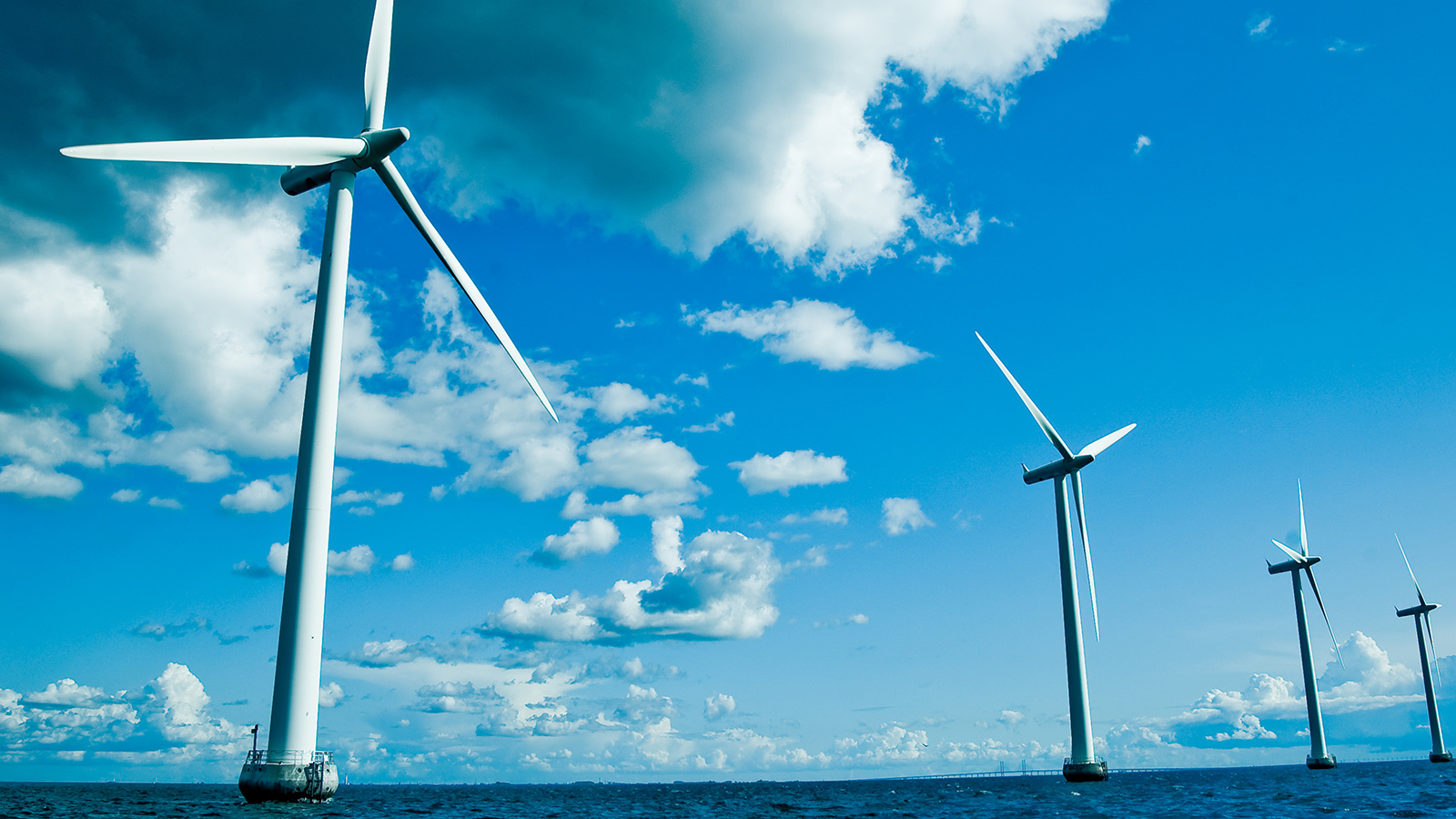
One year ago, President Joe Biden and his administration announced America’s first-ever national offshore wind goal: Reach 30 gigawatts of operational offshore wind by 2030. At a time when offshore wind leadership and commitments were only happening at the state level, the announcement made quite the splash and activists like myself were over the moon about its significance for expanding the use of renewable energy.
Utilizing offshore wind will be critical for transitioning off of fossil fuels and harnessing abundant, non-polluting energy sources that never run out. In fact, offshore wind alone could provide 90% of our electricity use in the United States even if we transitioned to almost exclusively on clean electricity instead of fossil fuels. With that in mind, it’s not an overstatement to say that coastal states and the country at large won’t be able to create a cleaner, greener future without taking advantage of this key resource.
Offshore wind can help create a world where every car, bus and truck on the street is fully electric, our buildings don’t burn fossil fuels for heating and cooking, and our kids don’t suffer from diseases like asthma because the air is so clean.
Luckily, the Biden administration’s efforts have helped jumpstart development, and we’re closer than ever to making a 100% renewable energy future a reality. Historically, the arduous leasing and permitting process and delays has taken years. In fact, this time last year, there were zero utility-scale offshore wind projects approved, though many were in the pipeline. Since then, we’ve seen unprecedented progress in offshore wind, and hopefully it’s just the beginning. Let’s take a look at some highlights:

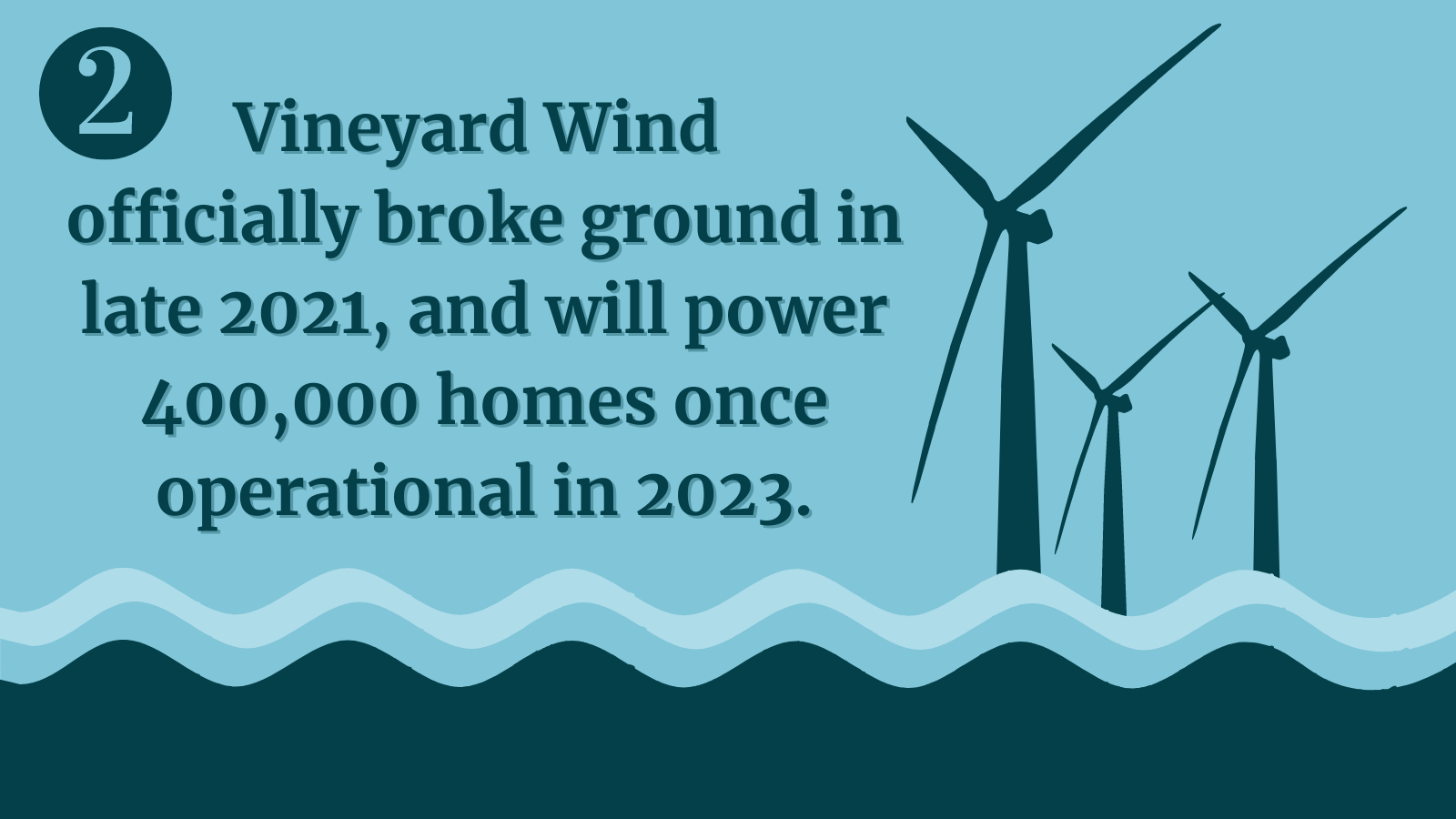
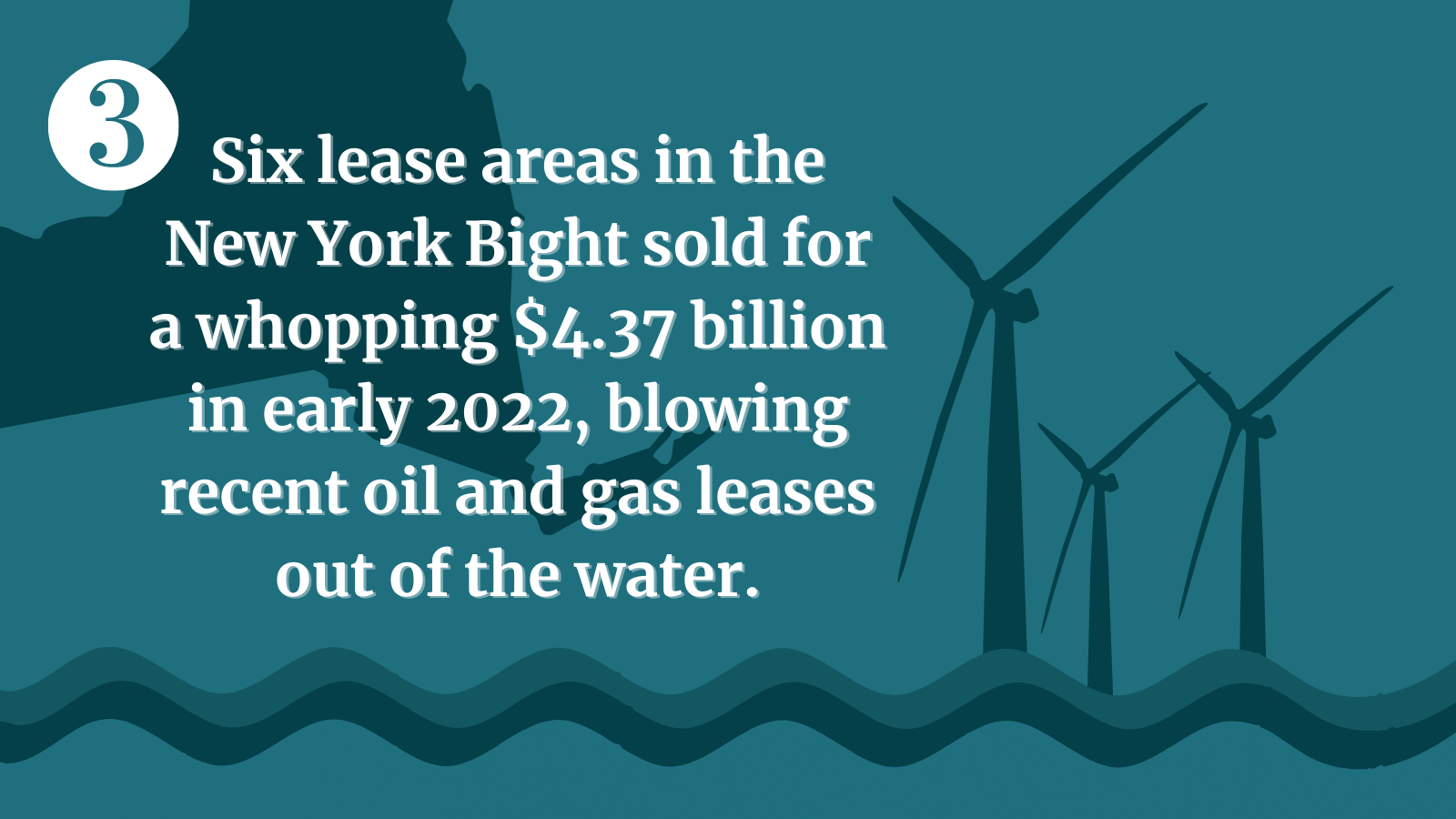
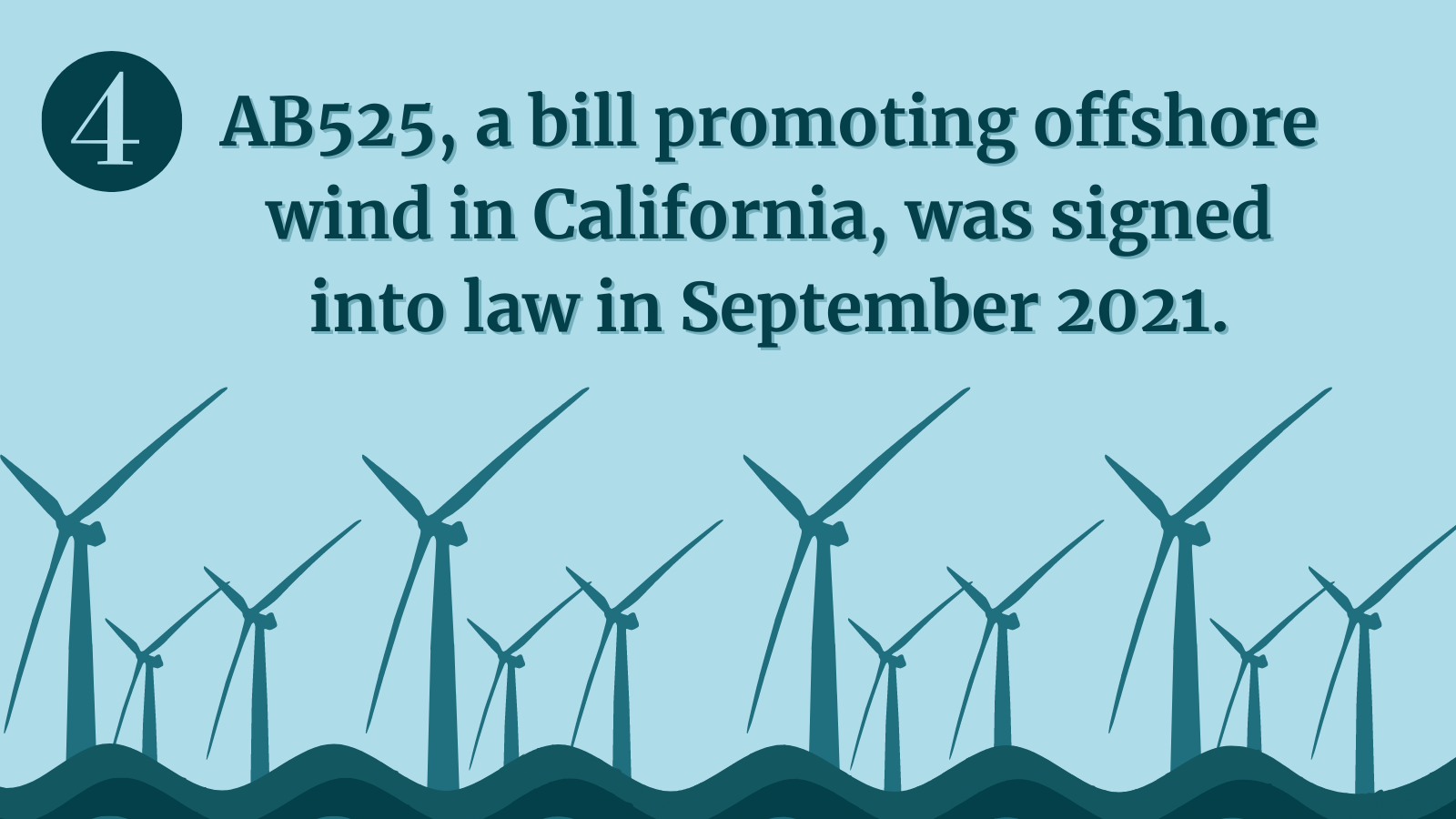
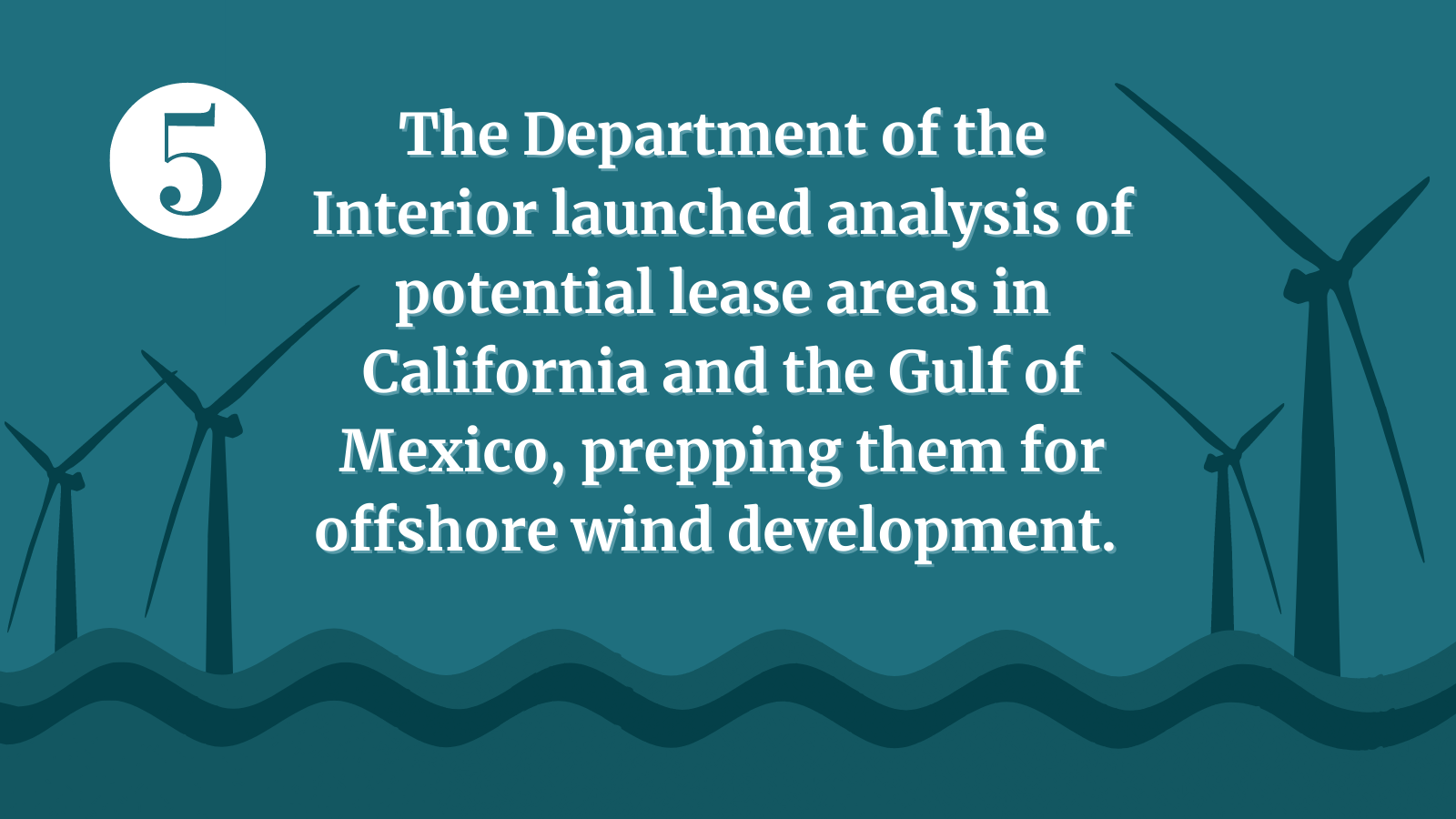
These highlights are just a snapshot of the breakthroughs offshore wind is making in the U.S. I’m proud to say my home state of Massachusetts, now home of the Vineyard Wind project, is leading the way, and other states like New York and New Jersey are not far behind. On the opposite coast, California is teeing up an energy future with offshore wind front and center. The Biden administrations’ goal sent a message that we are united in our effort to usher in a cleaner, brighter future powered by energy that is abundant and doesn’t pollute. And while we’re just getting started, we still have a long way to go if we watch to ditch fossil fuels and make a timely transition to greener energy.
To build out offshore wind at scale in a timely manner, we need to ramp up our efforts and magnify the progress we’ve made so that every year is a landmark year for offshore wind. Make your voice heard by sending a message to the Biden administration today: https://environmentamerica.webaction.org/p/dia/action4/common/public/?action_KEY=49393.
Plus, check out our Offshore Wind Day 2022 page for more information and ways to get involved.
Tell the Biden administration: We need more offshore wind growth
Dirty fossil fuels are polluting our environment and damaging the health of our communities. To cut back on our dangerous dependence on dirty energy, we need to move rapidly toward clean energy solutions. We have vast offshore wind potential in this country, and this past year has seen many firsts for offshore wind growth and development. But if we want to see homes powered by coastal winds in the near future, we need to keep this momentum going strong. Join us in calling on the Biden administration to make this upcoming year the biggest year yet for offshore wind growth.
Topics
Authors
Hannah Read
Find Out More
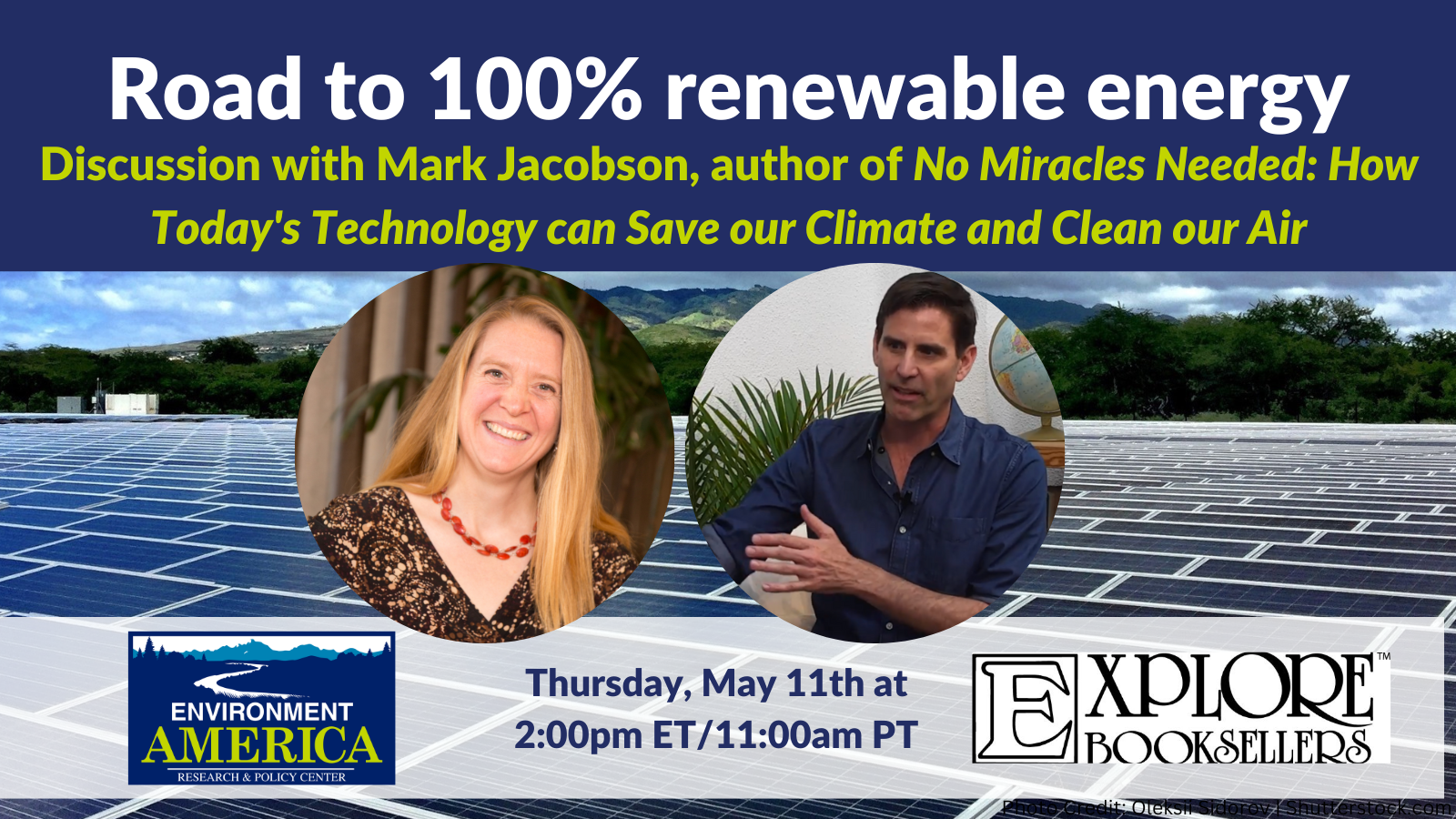
How to get to 100% clean energy with today’s technologies
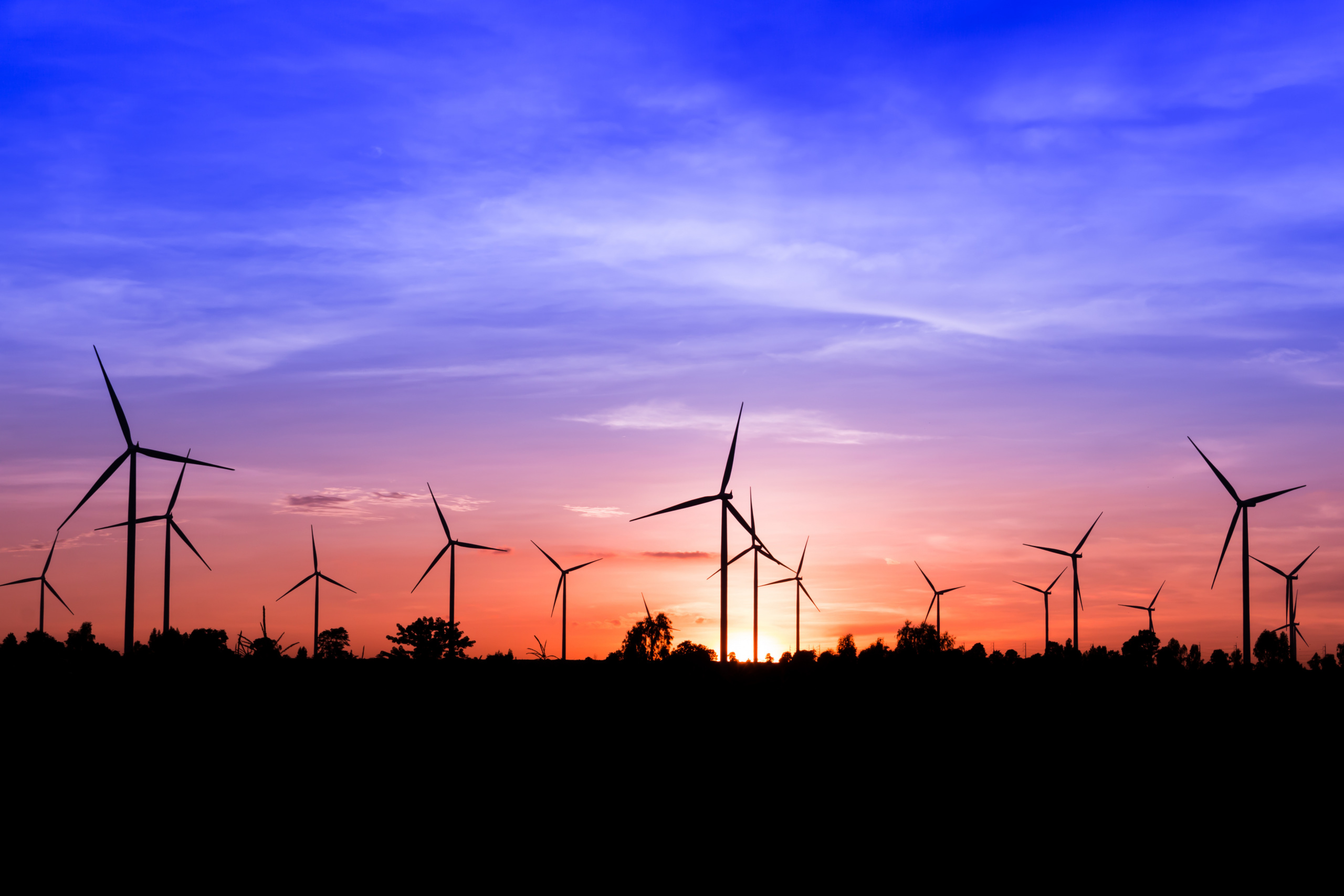
Winds of change

Learning from the Texas freeze: How clean, local energy can build resilience

